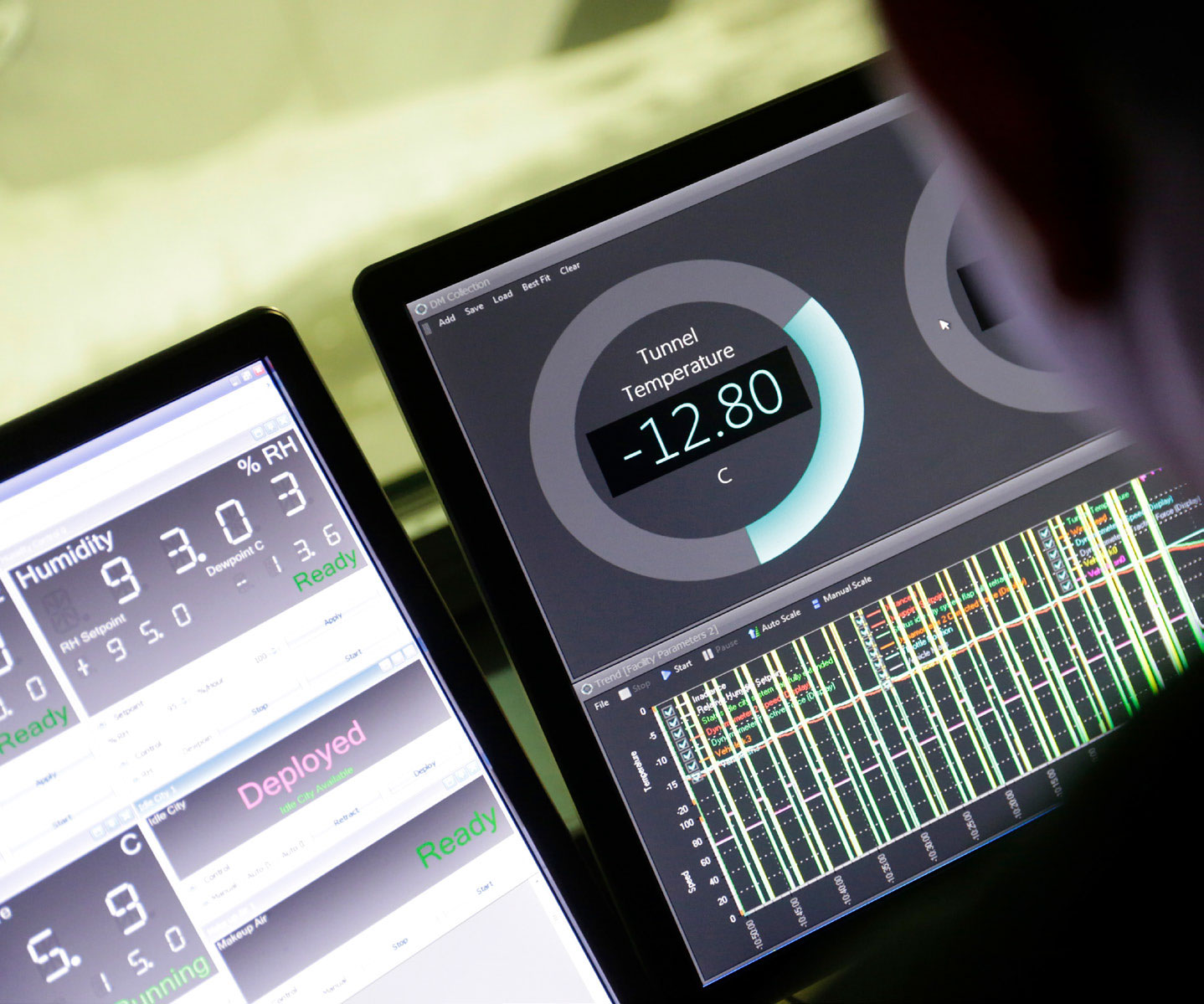

Energy optimisation using a whole vehicle simulation model
Case Study Overview
When a major tier one supplier was looking to showcase the capabilities of its new e-axle, it engaged HORIBA MIRA to optimise the product and carry out a series of comparative tests to demonstrate its unique capability.
Approach
Project Information
Project Information
- Benchmarking
- Electrical system
- Powertrain Development
- Battery Engineering
- Energy Optimisation
- AER Improvement
- Passenger Vehicle (SUV BEV)
- Location – Japan
Deliverables
HORIBA MIRA sourced a donor vehicle and benchmarked it with its original axle.
Through a simulation-led approach, it optimised the vehicle with the new e-axle before it was re-evaluated and compared.
The process yielded impressive results, including a 21.3 per cent improvement in low temperature all-electric range (AER).
Engineering team deployed: A core team of five consultants in the UK, working alongside up to 25 additional colleagues in the UK, Japan and China.